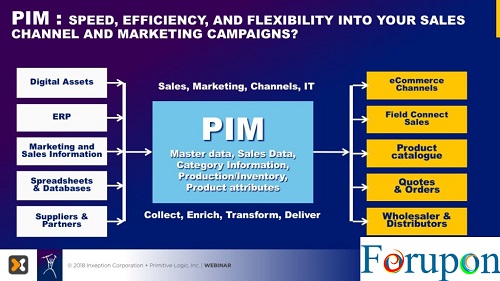The Relation Of Product Information Management (PIM) To Retail Success
Product Information Management Systems: For upon |Today every product has a variety of information, and each piece of product information is vital to influencing buyers. Every buyer now does in-depth research before purchasing. When you deal with tens of thousands of products and their different data types and attributes, streamlined product data becomes even more critical to ensure a higher sale.
Just think about any online store, and you will get an idea of what magic product information produces in the presentation layer of marketing and sales channels.
A piece of product information contains many components and maintains huge catalogs, bringing together the attributes of products with merchandising elements such as images, videos, audios, descriptions, and bundles. These key product facts induce greater product salability across multiple platforms to your customers— while maintaining brand visibility and consistency. When these elements are represented elegantly at the customer-facing end, it can even impact the overall customer buying experience. Product Information Management Systems.
Another factor is time-to-market. The retail sector has become a fast-paced industry where every day 4Ps of products could be changed and refreshed. You need a process that works like a well-oiled machine to keep your customers updated and engaged— across the board. And, you can better engage with buyers when you have a:
- Fully centralized system— Define, create, and sync master data of product information across multiple channels
- Rock-solid operational capability— Use master data in day-to-day operations without any delay
- Analytical capability— Reports and insights to make faster, accurate decisions
Product Information Management
Besides that, PIM addresses the dynamic nature of constructing and reconstructing compelling packages and offers in an environment that any user can work in, regardless of their programming skills. PIM platform makes product visualization—easier; workflow management— quicker; mass product updates— faster; and integration with content tools (WCM, DAM, eCommerce, etc.)—seamless. Product Information Management Systems.
A flexible PIM/MDM platform enables you to harmonize the product information lifecycle, including appending, modifying/updating, deleting, validating, and securing access to the product information. With a single source of reliable product information, it makes it easy to enrich product information across all touchpoints such as website, mobile app, social, in-store point-of-sale, and physical store. Simply, PIM and MDM have become crucial aspects of retail success. Product Information Management Systems.
The article was originally published here.


Comments are closed.